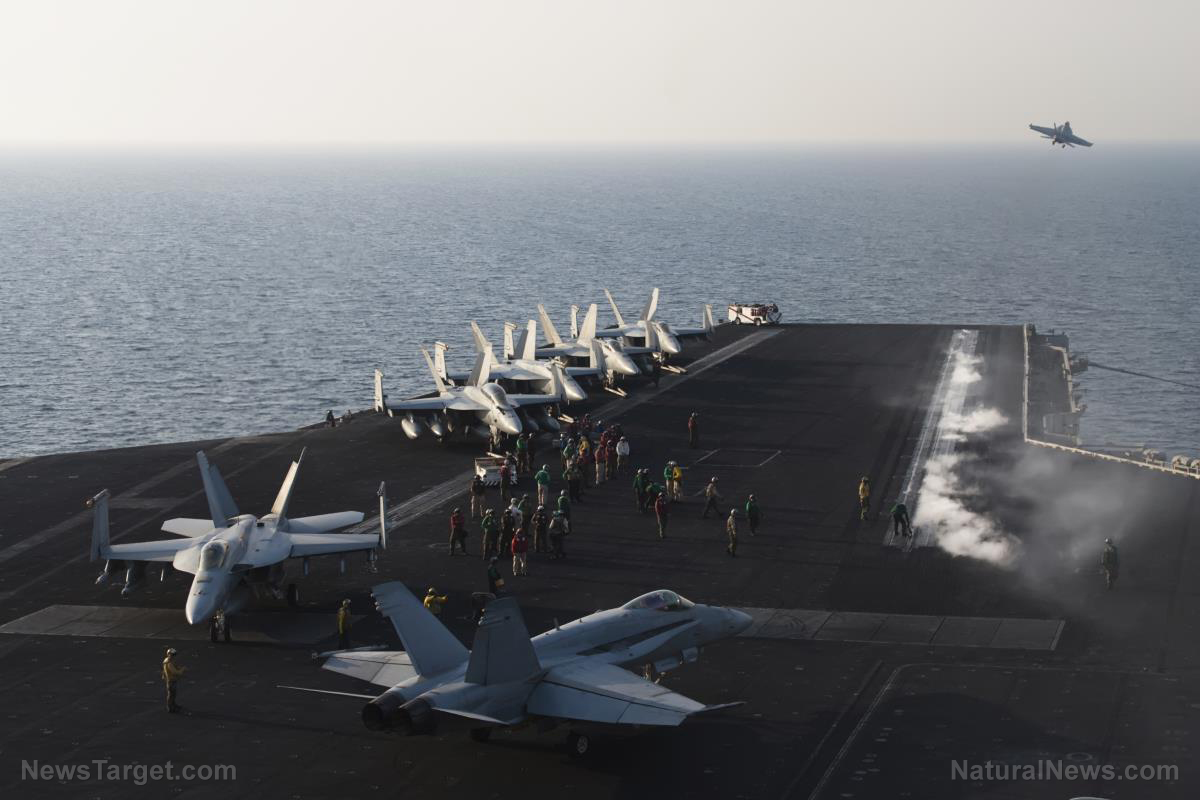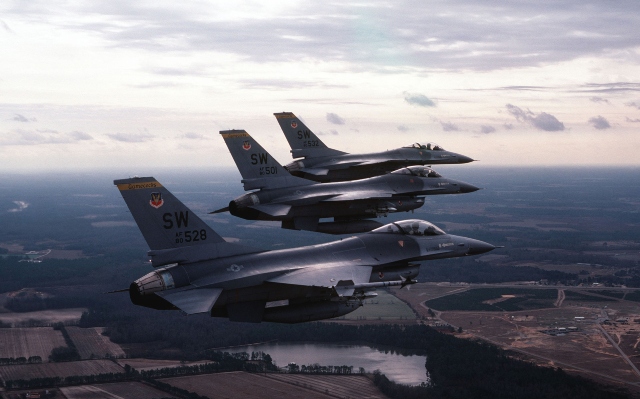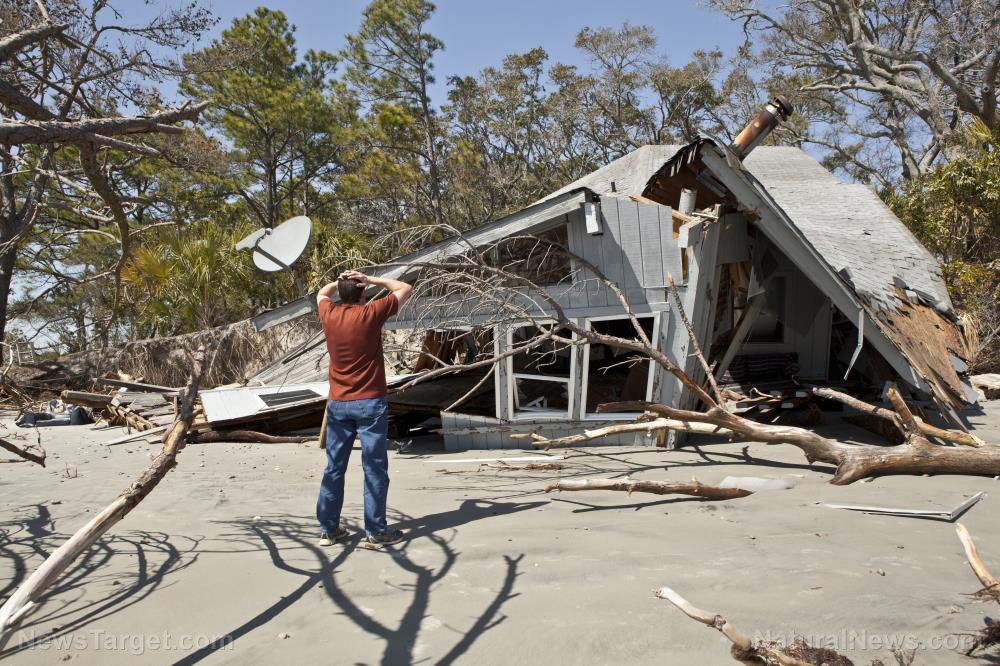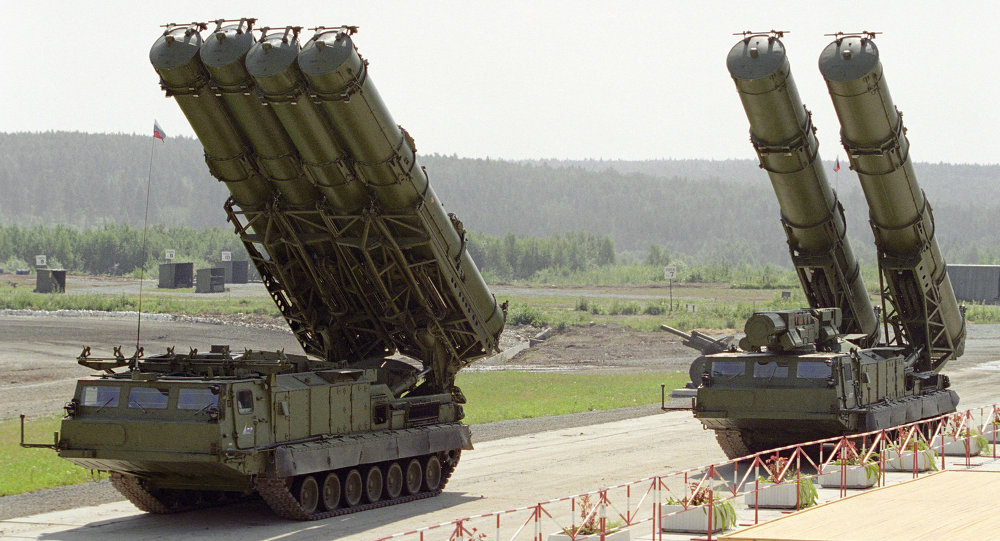U.S. military discovers debris from missing F-35 more than 80 miles away from where its pilot ejected
09/21/2023 / By Kevin Hughes
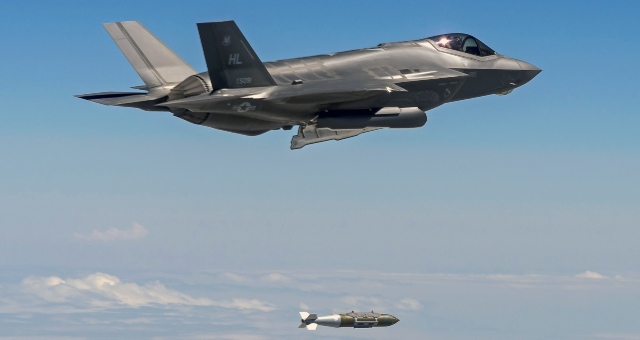
The sophisticated F-35B Lightning II fighter jet that the U.S. Air Force lost may have finally been found, with reports indicating that military ground teams have discovered “parts and debris” connected to the lost jet more than 80 miles from where the pilot ejected.
The debris was discovered near Indiantown Road in Florence County, South Carolina, roughly 80 miles from where military officials say the pilot ejected near North Charleston on Sept. 17.
Military officials have ordered a two-day stand-down of all aircraft flights in the area and have called on the public to assist in finding the lost fighter jet. They described the event as a “mishap” and announced they were focusing their attention near Lake Moultrie and Lake Marion based on the jet’s last known position.
“Members of the community should avoid the area as the recovery team secures the debris field,” the statement said.
When the jet vanished over South Carolina, Joint Base Charleston (JBC), the installation where the flight launched, released a call on social media asking for anyone who had information about it to call in.
Flight tracking sites displayed numerous search aircraft focused on a wooded and farmland area near Stuckey, which is in Williamsburg County, about 75 miles north of Charleston, late Monday afternoon.
F-35B was put on autopilot before the pilot’s ejection
For reasons that are not entirely clear yet, the pilot ejected from the F-35 on Sunday and safely parachuted into a North Charleston neighborhood, which could have left the fighter jet flying in what is known as a “zombie state.” The Department of Defense noted that the F-35B may have been put on autopilot prior to the ejection, possibly in an effort to save the jet.
According to military expert and former British military officer Frank Ledwidge, the F-35 “could likely travel hundreds of miles without its pilot.”
Frederik Mertens, a military analyst with the Hague Center for Security Studies, said: “Historically, an aircraft without a pilot can fly a long way on autopilot.”
Jeremy Huggins, a JBC spokesman, said the F-35’s transponder was not working “for some reason that we haven’t yet determined.”
The plane and pilot belonged to the Marine Fighter Attack Training Squadron 501 located in Beaufort, not far from South Carolina’s Atlantic coast. The same squadron in 2018 crashed an F-35 for the first time in history.
In January 2022, a F-35C plunged into the South China Sea after crashing on the deck of a U.S. aircraft carrier. And in the past six weeks, at least three so-called “class-A mishaps” have occurred involving the Air Force. Such events happen when damages reach $2.5 million or more, an aircraft is destroyed or a service member dies or is permanently disabled. (Related: Fort Campbell crash: 9 service members killed in mid-air collision of Black Hawk choppers.)
The F-35 is one of the world’s most costly fighters, along with supposedly being one of the world’s most advanced. The F-35 has been described as an aircraft “capable of conducting air-to-surface, electronic warfare, intelligence gathering and air-to-air missions simultaneously.”
Follow MilitaryTechnology.news for more news about advanced military aircraft.
Watch the video below to know more about the response of former military and F-35 engineers to the missing F-35B Lightning II story.
This video is from the Leona Wind channel on Brighteon.com.
More related stories:
U.S. fighter jet takes down THIRD high-altitude airborne object in Canada.
Third military aircraft in a week crashes in Southern California – is it the jabs?
Chinese fighter jet flies too close to US recon plane flying over South China Sea.
Sources include:
Submit a correction >>
Tagged Under:
air force, aircraft, autopilot, aviation, big government, F-35, F-35 Lightning II, F-35B, fighter aircraft, fighter jets, military, military tech, military technology, mysteries, national security, south carolina, unexplained
This article may contain statements that reflect the opinion of the author
RECENT NEWS & ARTICLES
COPYRIGHT © 2018 SELFDEFENSE.NEWS
All content posted on this site is protected under Free Speech. SelfDefense.news is not responsible for content written by contributing authors. The information on this site is provided for educational and entertainment purposes only. It is not intended as a substitute for professional advice of any kind. SelfDefense.news assumes no responsibility for the use or misuse of this material. All trademarks, registered trademarks and service marks mentioned on this site are the property of their respective owners.






